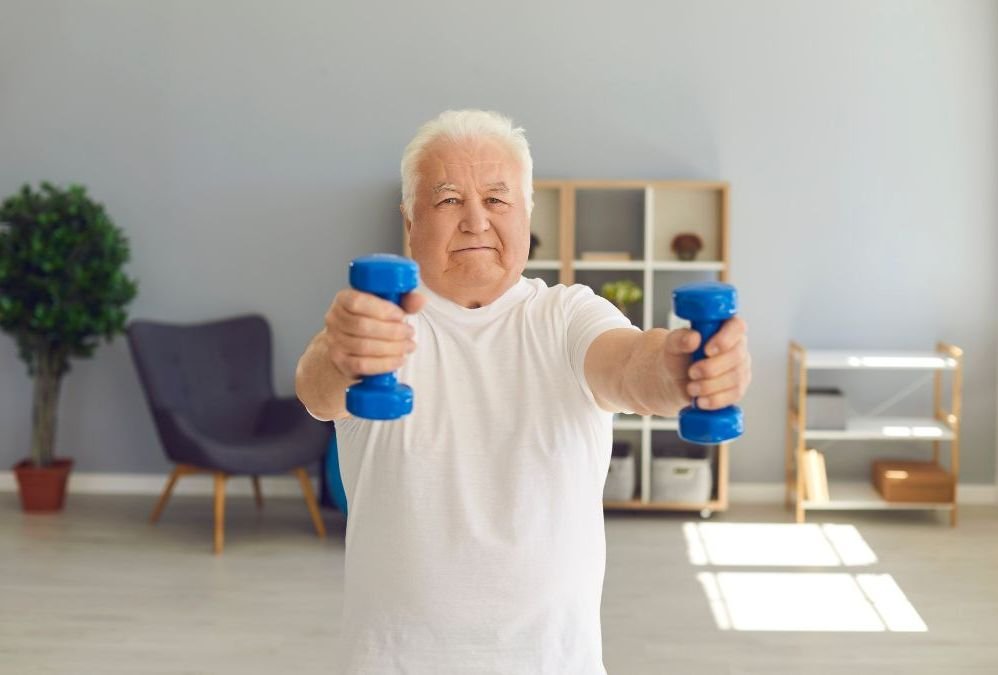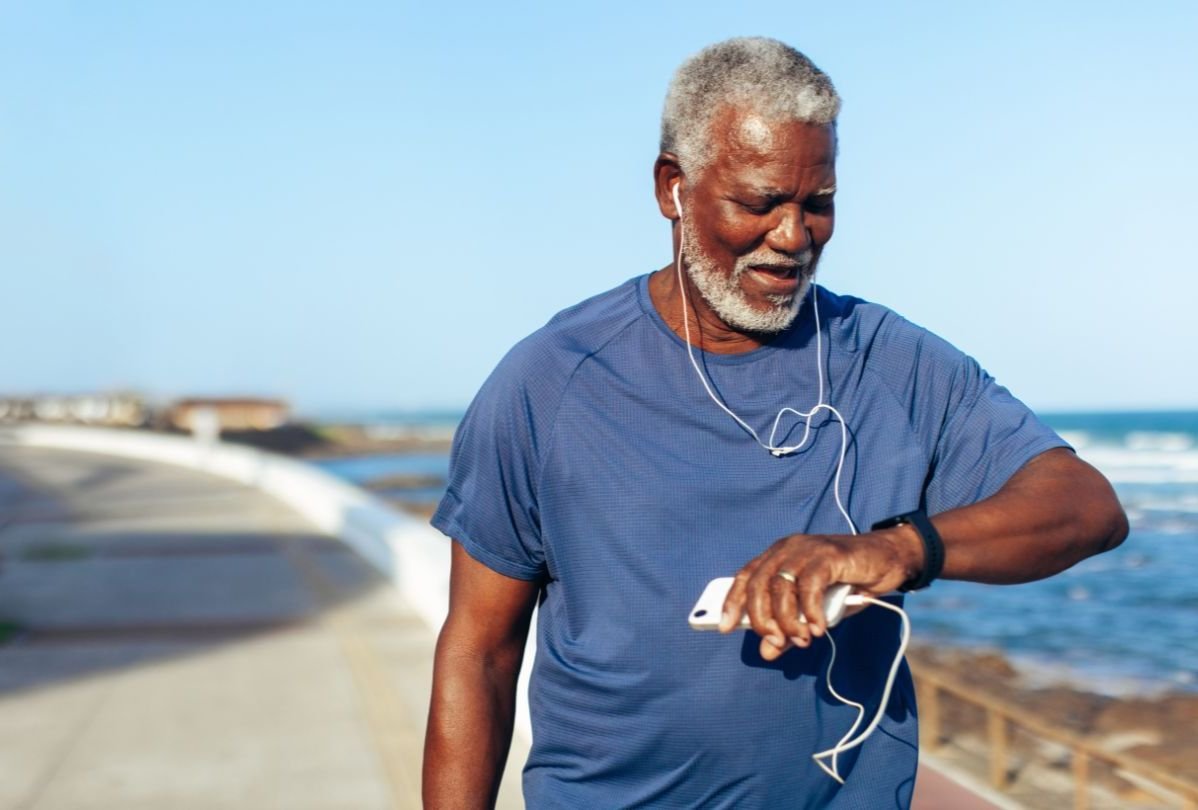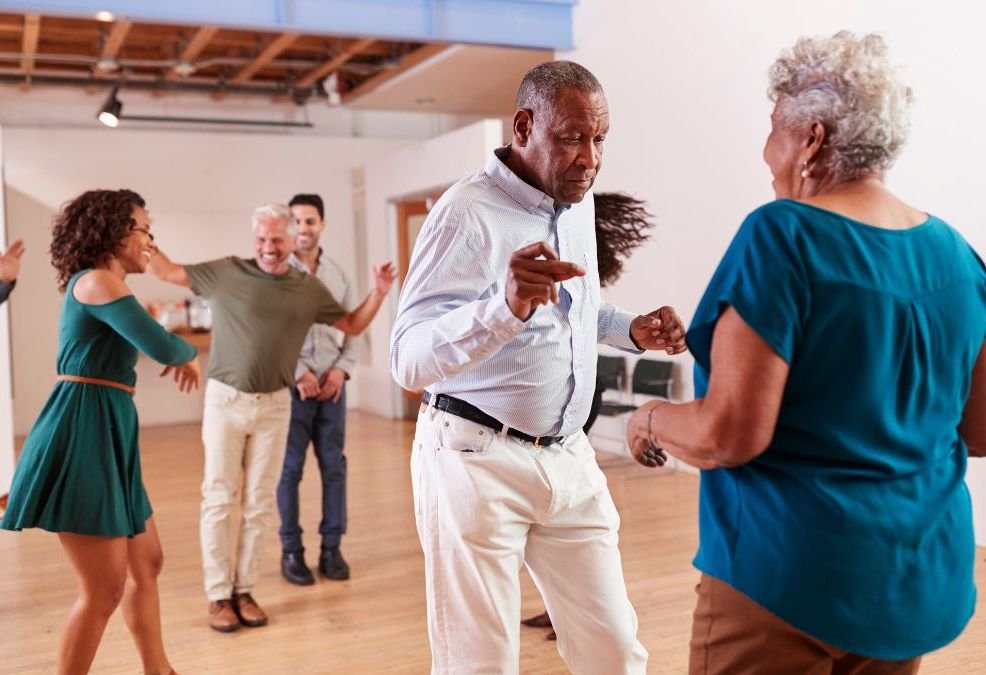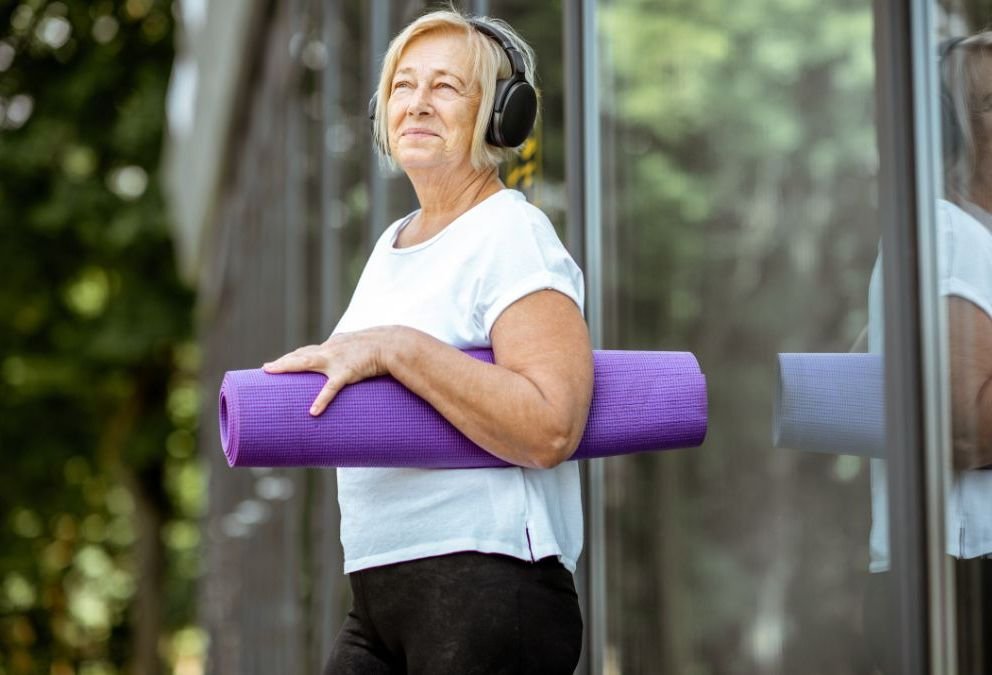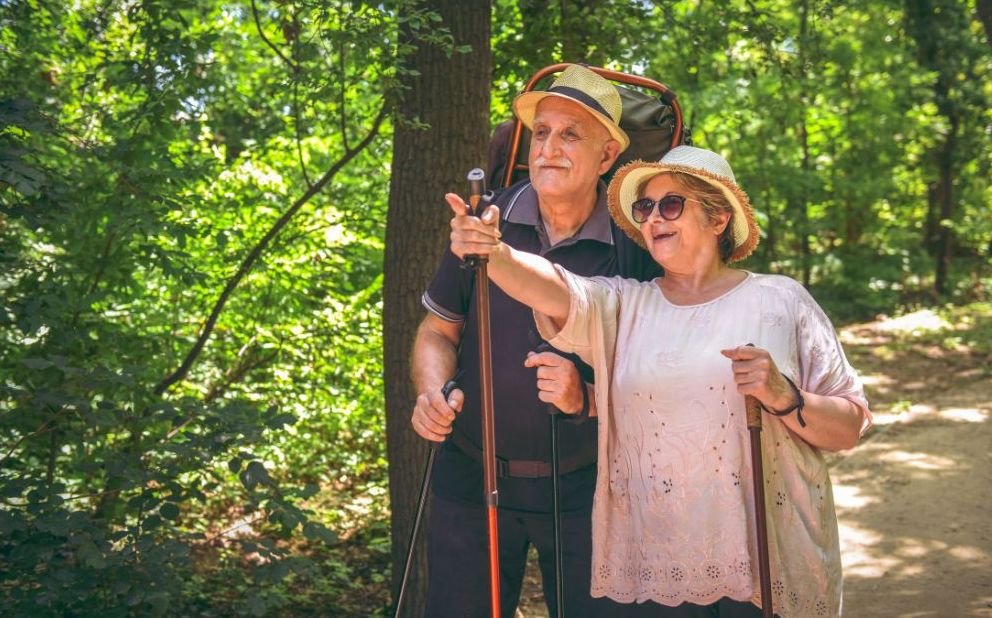Time to Get Moving!
Even though we know the benefits of a regular exercise routine, sometimes it’s challenging to stick to one. We make excuses and find other activities to fill our time. You've heard the expression: Work smarter, not harder. Exercising may be easier if you focus on what you do best. Here are 26 ways to build smart and fun workouts into your life.
Before starting any exercise regimen, consult your doctor. While exercising, listen to your body. Stop if you experience chest pain, headache, dizziness, or extreme fatigue.
During my years as a middle school teacher, we incorporated Howard Gardner’s theory of Multiple Intelligences to help students learn according to their personality types and natural interests. I’ve organized these workout activities based on Gardner’s eight unique intelligences. Choose the fun workouts that match your personality and skip the rest.
Extrovert/Interpersonal
If you love spending time with people, find ways to pull your family and friends into your workouts:
1. Join a Group or Class: Take part in group activities like Zumba, spin, yoga, dance, or karate classes. The social aspect and energy of a class can be very motivating. Joining local running clubs, hiking groups, or other fitness communities helps you meet new people and stay motivated. Many communities (like mine) have senior adults’ workout sessions that allow participants to exercise safely from a chair.
2. Play Sports: Participate in recreational sports like basketball, soccer, tennis, pickleball, badminton, chair volleyball, or golf. The competitive aspect can make them even more enjoyable. Team sports don’t need to be organized. Find family, friends, or neighbors to join a game.
3. Find a Workout Buddy: Exercise with a friend for motivation, support, and added fun. Working out with a friend can make the time pass quickly and bring a social element to your routine. My weekly morning walk with my friend is our time to catch up, make plans, and unload the burdens of the moment.
4. Sign up for Fun Runs or Races: Join themed events like color runs, mud runs, obstacle courses, or the Senior Olympics. The festive atmosphere can add excitement and celebration to your efforts, and many events combine fun workouts with an opportunity to give back to your community.
5. Family Activities: Engage the entire family in physical activities like biking, hiking, rowing, kayaking, or playing sports together. At the next family gathering, organize an old-fashioned baseball game. This allows you to create memories for younger generations while keeping older family members active and healthy.
Introvert/Intrapersonal
If people drain your energy levels, look for ways to make exercise rewarding on your own.
6. Set Fun Challenges and Goals: Create challenges or set achievable goals to stay motivated. For example, challenge yourself to complete a certain number of steps each day or reach a specific number on the weight machines. My husband rides his bike every other day. His goals include riding farther and faster each summer. He also has a total number of miles he hopes to ride for the year.
Fun workouts should be flexible and adaptable. Gradually increase the number of reps in each workout. For most weight exercises, starting with eight reps and working up to fifteen is effective. Then, add more sets. After completing three sets of fifteen, increase the weights and begin again.
7. Track Your Progress: Get a dedicated journal or poster to record your workouts. Write down each session so you can compare your progress over time.
8. Work Out at Home: Use online workout videos or fitness apps for exercising at home. You can choose from many routines to match your preferences, including dance, yoga, stretching, Zumba, and walking exercises. A few basic pieces of equipment can help create a complete workout. Start with a comfortable floor mat, then add light weights, resistance bands, a rubber ball, or a stepper/platform.
Kinesthetic/Movement
This one should be easy! Moving body parts is what it’s all about.
9. Mix It Up: Vary different types of exercises and activities to avoid boredom. Switch between activities like running, swimming, cycling, hiking, and strength training. (And everything else mentioned in this article.) If you’re a planner, reserve specific weekdays for different activities: Sunday for a bike ride, Monday & Thursday for the gym, Tuesday for hiking, golf, or swimming, Friday for an exercise class, and Saturday for gardening and housework.
10. Incorporate Playful Elements: Include fun activities like jumping rope, hula hooping, or using a mini trampoline in your workout routine. Dancing is a great form of exercise, so is chasing the grandkids in a game of tag or pulling them in a wagon.
Mathematical/Logical
Yes, exercise can be fun even for a math whiz.
11. Use Fitness Gadgets: Utilize fitness apps that monitor your progress. Track and compare workouts based on time spent, distance traveled, heart rate, calories burned, and more. Some apps also let you compare your progress with family and friends.
12. Play Games: If you have the right equipment, such as a Virtual Reality headset, you can turn your exercise routine into a game. Virtual Reality fitness programs offer musical workouts, lightsaber battles, scenic tours, and mountain climbing simulations. You can also try fitness video games like Just Dance, Fitness Boxing, or Switch Sports if you own a Nintendo or PlayStation console.
13. Track Progress Visually: Use charts, graphs, or journals to monitor your progress and celebrate improvements visually. Aim to beat your record in terms of times, weights, and repetitions. Seeing your progress can be very motivating.
Language/Verbal
To some of us word nerds, exercise is something to get done so we can move on to book time—unless we can do both!
14. Podcasts - My friend enjoys walking early in the morning, long before anyone else is ready to face the world. To make the time pass more quickly, she holds company with a human voice and multitasks by combining her morning walks with listening to teaching podcasts.
15. Read a book while walking on the treadmill or riding a stationary bike. I’ve been able to finish another twelve books each year by doing this two or three times a week. I find that a reading tablet, like a Kindle, works better than turning the pages of a printed book while exercising.
Visual/Spatial
Believe it or not, understanding spatial relationships is a form of intelligence. If you’re good at judging distances and figuring out how puzzles fit together, you might benefit from a workout that focuses not only on what you see, but also on how you fit into what you see.
16. Be aware of your workout space: Exercises like rock climbing or martial arts rely on a keen sense of spatial awareness. Racket games such as tennis, pickleball, and badminton involve spatial awareness. Dancing, orienteering, and walking scavenger hunts focus on your surroundings.
17. Explore new locations: Change your walking, biking, or hiking route to discover new areas.
18. Watch and move: Learning new dance moves by watching a video is easier for visually oriented people.
Musical/Rhythmic
I can never sit still when I hear a good rhythm, so blending music with my exercise sessions makes for high-energy and fun workouts.
19. Listen to Music: Create an upbeat playlist. I have several workout playlists to switch between, catering to different moods and seasons. When I hear an energetic song while listening to music, I add it to one of my exercise lists. Exercising to music helps me pick up my pace and walk, run, or pedal to a rockin’ rhythm.
20. Dance: Dancing is an excellent way to increase your heart rate while having fun. You can join a dance class or dance at home to your favorite music. Classes like salsa, hip-hop, or ballroom dancing can be a great way to stay active and learn new skills. Even dancing while singing karaoke can burn a significant number of calories.
Naturalistic
Fresh air and sunlight can boost your mood and energy levels, reducing stress and increasing motivation.
21. Explore the Great Outdoors: Go for nature hikes, bike rides, or long walks in beautiful outdoor settings to appreciate the beauty of nature.
22. Garden - Whether you’re shoveling, mulching, pulling weeds, or planting flowers or vegetables, gardening burns calories and builds muscle tone.
23. Horseback riding - Riding engages the core, leg, and back muscles to maintain balance and proper posture while in the saddle. Riders also build strength and coordination through guiding the horse and responding to its movements. Additionally, riding elevates the heart rate and improves flexibility, making it a comprehensive full-body workout.
24. Shovel snow - Cold weather workouts are great for burning calories. Even shivering burns calories! If your heart is healthy, send the neighbor kids home, and pick up a shovel.
25. Cross-country skiing - Enjoy the cold air energy and glide slowly along those rural backroads with a pair of skis.
26. Exercise in the water: Water aerobics, Swimming laps, treading water, even walking in shallow water along the shoreline, can force your muscles to work harder than just walking on dry ground. Playing in the water on a warm summer day is always a fun workout.




